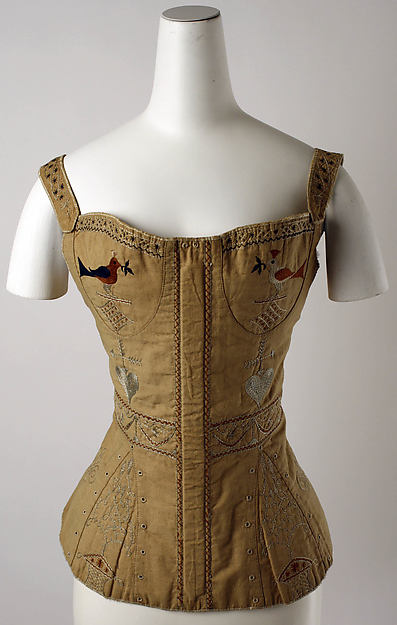The Recipe: Tipsy Cake from Mrs. Beeton. [Ok, I confess that I made this up a couple days early, ie. on Thursday, because I was having a party and wanted to share it with guests. Birthday prerogative.]
Date and Region: 1861, British
How Did You Make It: Day 1: Prepared #1782 Savoy Cake. Separate 7 eggs; beat the whites until fluffy. In another bowl, mix the egg yokes with 8.5 oz (weight of 4 eggs) powdered sugar and 1 tsp almond extract--the flavor was a little strong; would try 1/2 - 3/4 tsp next time. Mix in egg whites, slowly add 15 oz. (weight of 7 eggs) flour, and beat a further ten minutes. Baked for about 50 minutes at 350 F in two small, buttered tins--I used two, so that resulting cakes are small enough to fit into the available serving plates.
Day 2: Let the cake age. Receipt called for a 3-4 day old cake.
Day 3: Poured 1 bottle wine and 6 Tbsp brandy over cakes and allow to sit for about 2 hours. Prepared #1423 Boiled Custard: warmed 1 pint skim milk, 3 oz. granulated sugar, and 1 tsp. vanilla extract in a saucepan; mixture was brought to a boil, then strained and allowed to cool. Beat eight eggs and stirred into the cooled/cooling milk mixture. Put it all into a hot water bath on the stove, stirring until thick (about 40 minutes...possibly this was not quite enough), without allowing the mixture to boil, Removed from heat and stirred in 1 tsp. brandy. Drained excess liquor from cakes, sprinkled blanched, slivered almonds over them, and poured the custard over all. Grated some nutmeg over the custard.
Time to Complete: Three days.
Total Cost: Mostly based on the cost of eggs. There's 15 of them, after all.
How Successful Was It: Not. The cake needed longer to soak, and would have benefited from a deeper dish. Also, I think I'd try a sweeter wine next time (not a generic white). All of the excess liquor needs to be poured off or permitted to absorb into the cake, else the custard will have...problems. I'd also be tempted to try the alternate presentation in which the ingredients are layered with cream as a 'trifle'.
How Accurate Was It: Fairly good in ingredients. Specific tins/pans could be more helpful.
 |
| Mmm, cake. |
 |
| Boozy Cake |
 |
| With custard; narrower, deeper dishes would be helpful. |














































